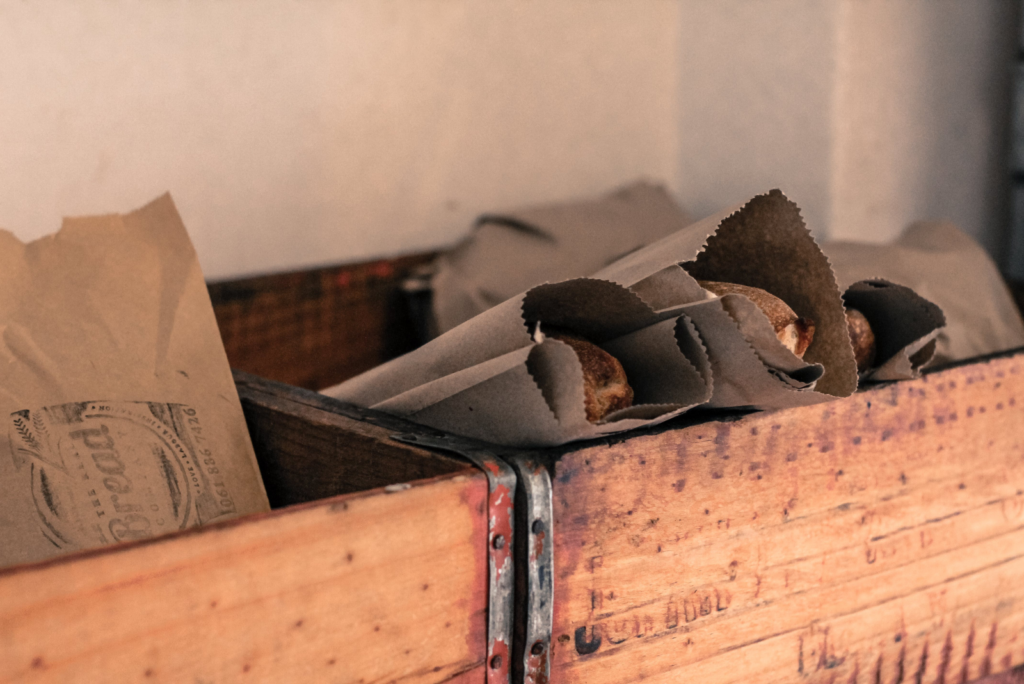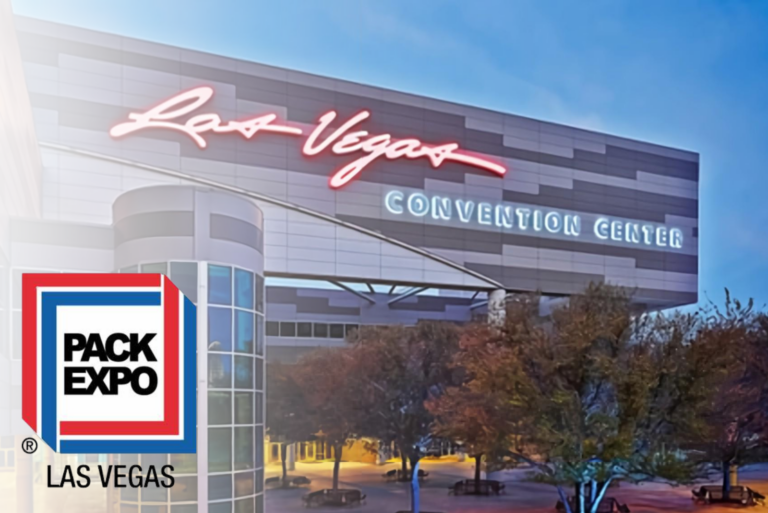KANSAS CITY, MO — In general, packaging plays a primary role for baked goods: keep the product safe. That’s the case whether it’s freshness, food safety or product integrity. On the outside, though, sustainability is a critical — and multifaceted — factor that baked goods manufacturers must keep top of mind, regardless of how their products go to market.
“Consumers, in general, are very eco-conscious and sustainability-focused these days,” said Brian Techter, senior VP of sales for packaging materials manufacturer RR Donnelly. “Anytime the opportunity presents itself to reduce the amount of plastics or foils used, it will be advantageous to the brand.”
Yet it’s not always a simple proposition, especially with the delicate nature of baked goods and direct-to-consumer channels such as e-commerce on the rise.
When sticking to a few core principles, it’s possible to balance functionality and sustainability.
First, baking manufacturers should consider the amount of materials used. When trying to protect a delicate item, it’s easy to assume that “more is more.” But that’s not always the case.
Techter suggested that it’s important to consider not only the amount and type of materials but also the best combination of materials and how they’re used. For example, think about an artisan bread product with a clear laminate inside a paper bag with a window for the consumer to see the product.










